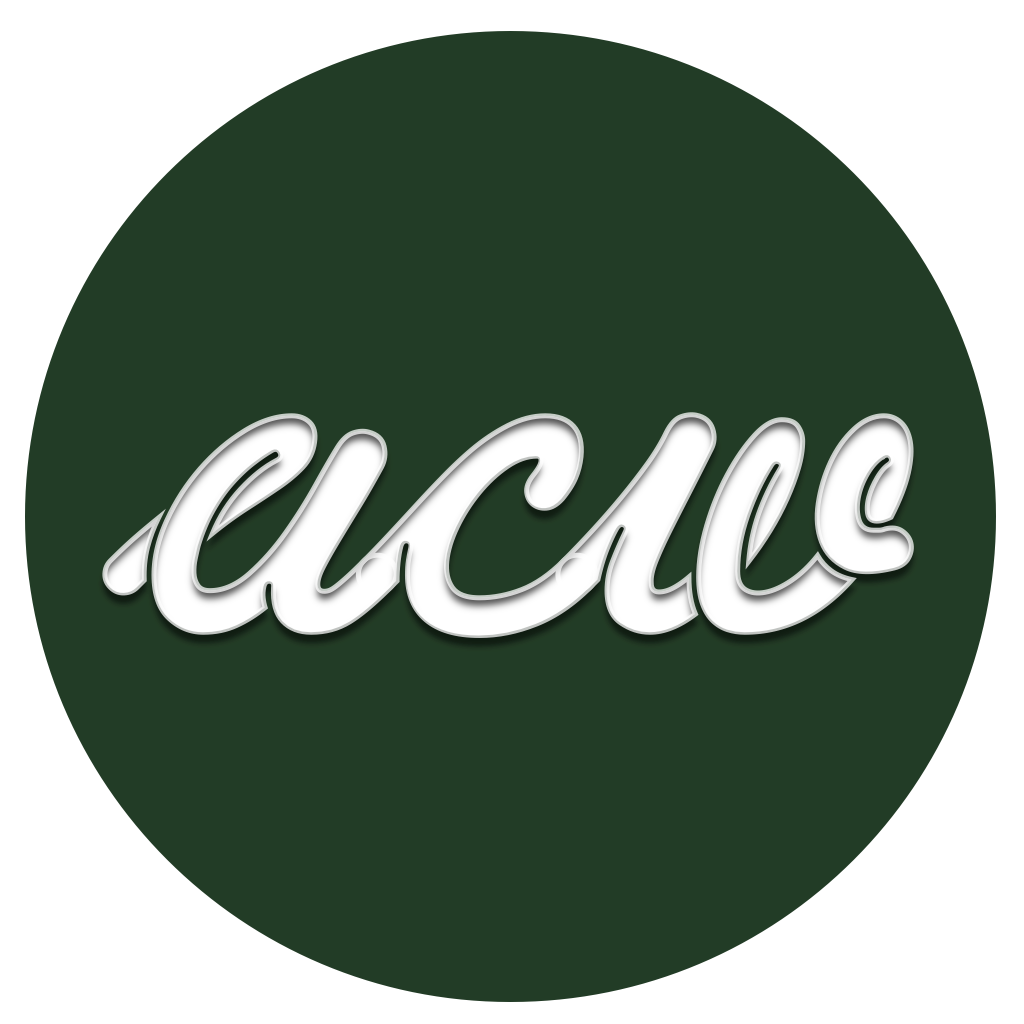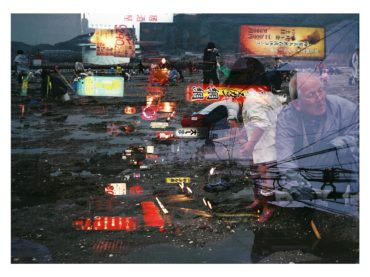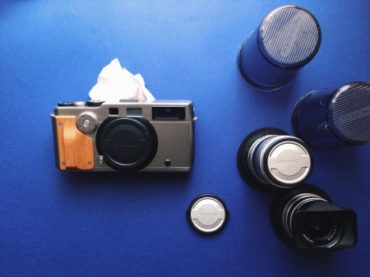Old cameras vs. new ones
Right now is a very interesting, and fortuitous time to be a part of the photography world. Good equipment can be bought for very low prices. Digital rot is a real thing, and the advancements being made (for me personally) aren’t exciting enough to convince me to hop on board to buy a new camera.
Thorsten Overgaard talks about the Leica Digilux II on his blog a lot. He mentions how it has managed to avoid digital rot, and for the most part, retain its value. Is this simply due to the red dot donned upon its face? Are there any other digital cameras that have somehow avoided digital rot? How did they do it? How do I choose a camera that has avoided rot?
Given the fact that the market is now saturated with rotten digital cameras, it makes choosing a camera quite difficult. That 3-4 year old camera that you lusted for when it was released can now be had for pennies on the dollar. I have only bought a camera brand new once. This is mostly because I’m poor, but also due to the fact that I’m patient (somewhat), and I spent most of my adult life in a country where finding very good second-hand cameras is easy. That camera I bought new (…a Canon 7D), I ended up selling a year or so after purchasing, for about half what I spent on it. I haven’t bought new since then, but I have purchased a number of used cameras, most of which (except for my X-Pro1) seem to be models which have peculiarly avoided the digital rot which plagues most digital cameras. I must have great taste (I do). So I want to tell you about those cameras, and why I think they’ve avoided the rot, and also about my future purchase plans.
My Epson R-D1 is my favorite camera right now. I love the shutter advance lever, and not because it reminds me of shooting film (I learned film on a Contax G2), but simply because I love the tactile sensation it provides between shots. It’s like punctuation. If you want more info, look a my old post about it. The Epson was the first digital rangefinder. It was released in early 2004. Today, you can find it on eBay for anywhere from $800 – $1100. Think about that for a moment. Whilst $1100 is not a lot of money, we’re talking about a digital camera that is coming up on 12 years old. To put that into perspective, that is more than you’d spend on the Sony A7 that was released a few years ago. That’s more than the newly announce Olympus Pen-F, brand new. Comparing the Epson to the A7, on paper you’d think that the A7 would surely hold more value. The max ISO, is far beyond anything the Epson’s capabilities. The A7 features a full-frame (equivalent to 135 film size) sensor. And the A7 has a very flexible mount that can take a variety of lenses. Why would anyone pay more for the Epson?
Really though, those comparisons are useless. Looking at both cameras will give you all of the answers you need, even if you aren’t a photographer. The Epson was a joint venture between Seiko-Epson, and Cosina, which also builds the Voigtlander camera line-up. There was never, and since has never been a camera like it. The top plate dials (courtesy of Epson’s parent company, Seiko), the lever, the mechanical shutter… There are very few digital cameras that give you everything you need in such a simple and thoughtful design, and even less that manage to hold value and demand 12 years after their introduction.
Next, I will talk about the Contax N digital. It is another world’s first, carrying the title of the world’s first full-frame DSLR. Released in 2002, it is nearing 14 years old, but is still sold for over $2000 This might be due to the fact that people want to own a piece of photography history, or may be due to the fact that it was pulled from the market within a year of its release making it somewhat of a rare item. Regardless, it stands out in digital photography’s short history.
I thought that since the Epson was made for such a niche market, that could be the reason it retained its value over the years, but that certainly isn’t the case for the Contax. And given the degree of digital rot Fuji’s X-Pro1 has seen, I’d almost say that isn’t the case for the Epson (…then again, the X-Pro1’s build quality is no where near that of the Epson’s).
Which brings me to the next part. Camera companies boggle me. I’ve been trying to convince myself to buy a Sigma DP3 Merrill, and eventually a DP2 as well. The picture I’ve seen from them are extremely impressive. Some people don’t like the colors, but I like the tonality it offers. What boggles me is why this package isn’t in a ILC package. I think that if their DP series were cameras with interchangeable lenses, the result would be something similar to the R-D1, in the sense that it would satisfy a desire/need so well that it would defy digital rot. If, instead of offering 3 cameras with fixed lenses, they offered one camera with the option to purchase 3 different focal lengths, I think they would have had more success, but I’m sure Sales, or some other department that is not concerned with making the best possible camera would object to such a notion. And besides, that’s what their SD1 is for…right? So it comes down to paying for how you want to shoot, rather than actually paying for the tech itself. Hopefully Canon can save Sigma from themselves.
Having said that, the DP3 remains on my ‘wanted cameras list’ (more of a book, really). With the sexy Patagonean leather case, of course.
Speaking of my wanted items list, most of the cameras on it are all older models. I’ll share a couple with you. A Fuji S5 Pro (for its color rendition), a Canon 7S (for the abandoned Eye Control hardware), and a Leica M9 (for obvious reasons). Also, at some point I’d love to have a Pentax 645D. I see a lot of the same cameras recently coming out, and none of them are exciting. The a6300 was announced recently, and it has 425 auto-focus points. I’m sure that this has amazing benefits for video, which is very exciting, however for stills I don’t see the application. Who needs that? Who finds that exciting?
I think that the next time I will purchase a camera brand new, is when Fuji and Panasonic have perfected there OPF CMOS technology, and have properly implemented it. That sounds exciting.




Hi!
Just in case you’re not ‘up to date’ regarding Sigma cameras, wait till the end of this year to see their new mirror-less ILC SD-Quattro released.
Sincerest regards, JR
PS. The DP range was not (ever) for me as they lacked a viewfinder.
Very excited about that camera, and I’m saving up for the ‘H’ version. I thought it was going to be a lot more expensive than what they announced for the ‘normal’ version. Sigma is an awesome company, and I’m looking forward to joining their family. Having said that, I still want the DP2, because I’ve seen pictures taken with that camera that boggle my mind. So small, yet so crisp, clean and the resolution is astounding. Thank you for the comment!